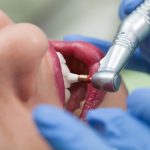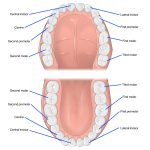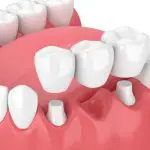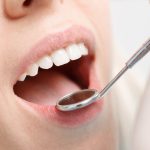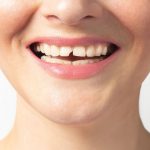When Do Lab Puppies Lose Their Teeth: A Comprehensive Guide
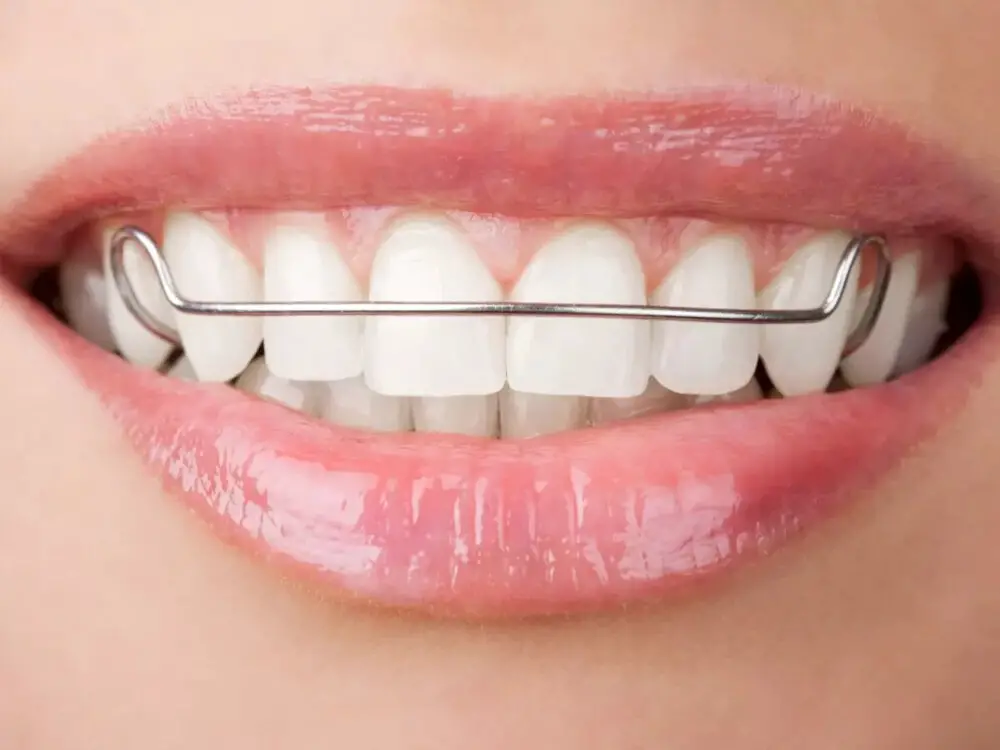
Labrador Retrievers are one of the most popular dog breeds in the world, known for their friendly and affectionate nature. These dogs are highly energetic and make great companions for people of all ages. As puppies, they are especially adorable, with their cute little faces and playful personalities. However, like all puppies, they go through various developmental stages that can be confusing for their owners. One such stage is the teething phase, during which the puppy’s baby teeth fall out and are replaced by adult teeth. In this comprehensive guide, we will explore when Lab puppies lose their teeth and what you can do to help them through this process. The teething phase is an important part of a puppy’s development, as it helps them to learn how to chew, bite, and play. During this time, they may experience pain and discomfort, which can make them irritable and restless. As a Lab puppy owner, it’s essential to understand when your puppy will start to lose its teeth and what you can do to ease their discomfort. This guide will cover everything you need to know about Lab puppy teething, including the signs to look out for, the timeline of the process, and tips for helping your puppy through this stage. By the end of this guide, you’ll be equipped with the knowledge and tools to ensure your Lab puppy’s teething process goes as smoothly as possible.
As a pet owner, it is crucial to understand the lifecycle of your furry friends, including when they lose their baby teeth. Lab puppies are no exception, and it is essential to know when they will start losing their teeth, how to help them through the process, and what to expect. During this period, your pup may experience some discomfort and start chewing on anything they can find, including your favorite shoes. Therefore, understanding the process and providing adequate care can help ease the transition, prevent any potential health issues, and maintain a healthy and happy pup.
Understanding the Teething Process

The teething process is a natural and necessary part of a puppy’s development. It’s important for puppy owners to understand this process so they can provide their furry friend with the care they need during this time. Teething usually begins around 3-4 weeks of age when the puppy’s baby teeth start to come in. By the time the puppy is 6-8 weeks old, they should have a full set of baby teeth. At around 3-4 months of age, the puppy’s baby teeth will start to fall out, making way for their adult teeth. During the teething process, it’s common for puppies to experience discomfort and pain as their adult teeth grow in and push out their baby teeth. This can cause them to chew and bite on anything they can find to relieve the pain and discomfort, including shoes, furniture, and even their owner’s hands. As a puppy owner, it’s important to provide your puppy with plenty of chew toys and bones to help soothe their sore gums and provide them with an appropriate outlet for their chewing behavior. It’s also important to keep an eye on your puppy during this time and ensure they aren’t chewing on anything that could be harmful to them. Understanding the teething process is crucial for ensuring your puppy’s health and well-being during this important stage of their development.
The teething process for lab puppies typically begins around three to four months of age and can continue until they reach six months old. During this time, lab puppies will experience discomfort due to the emergence of their permanent teeth as they replace their baby teeth. This discomfort can lead to excessive chewing, biting, and even whining. Unlike adult dogs, lab puppies have a more delicate set of teeth that are not yet fully developed, making them more prone to damage or breakage. As a result, it is important to provide lab puppies with safe chew toys and supervise them during playtime to prevent accidental injuries. With proper care and attention, lab puppies can transition smoothly through the teething process and grow into healthy adult dogs with strong teeth and jaws.
The process of teething in lab puppies can be divided into three stages. The first stage starts at around two to three weeks of age when the incisors begin to emerge. The second stage occurs at around three to four months of age when the molars start to erupt, and the puppy may experience some discomfort and exhibit chewing behavior to soothe their gums. The final stage occurs at around six to eight months of age when the adult teeth replace the baby teeth. During this stage, the puppy may experience some bleeding and sensitivity, and it is essential to provide them with appropriate chew toys to prevent them from chewing on inappropriate items. It is crucial to monitor your lab puppy’s dental health throughout all stages of teething to ensure that they develop strong and healthy teeth.
When Do Lab Puppies Start Losing Their Teeth?
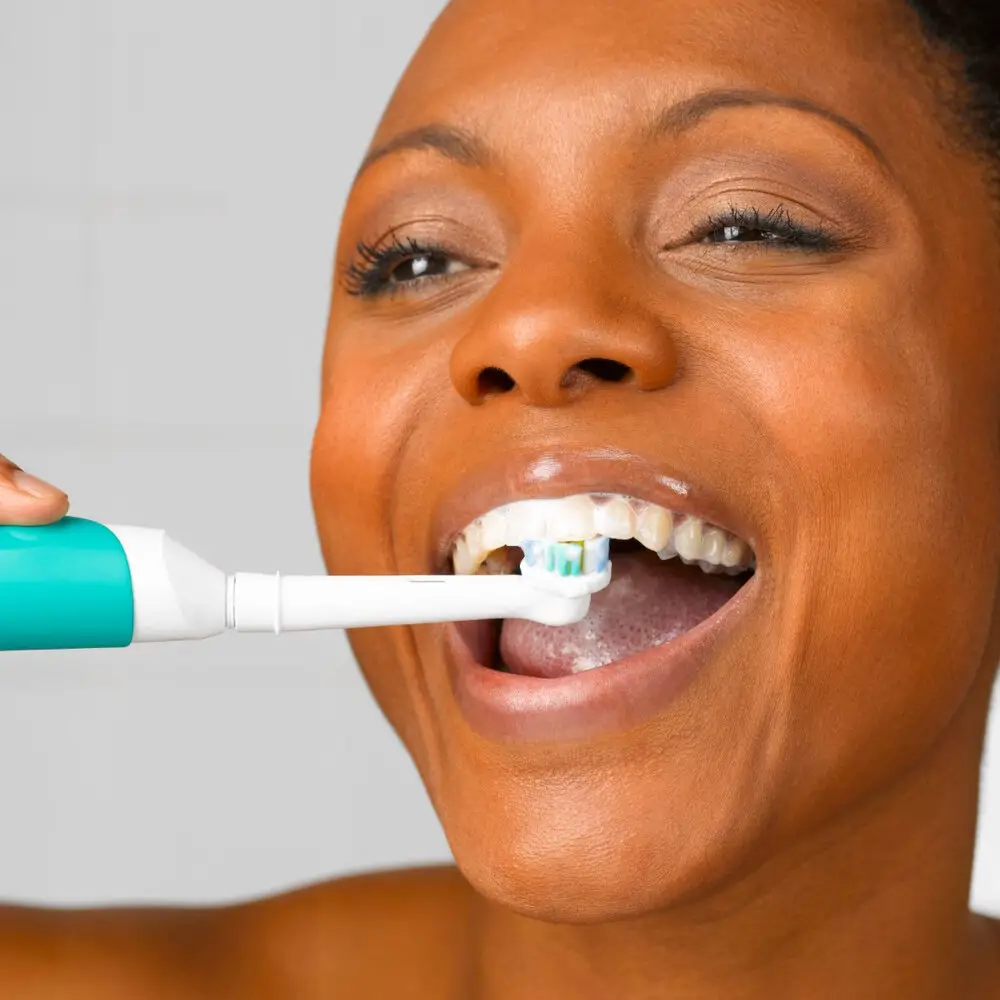
Labrador puppies, like all puppies, start teething at around three or four weeks of age. During this stage, their teeth begin to emerge, and they may show signs of discomfort or pain. They may chew on anything they can find to help alleviate the discomfort, including furniture, shoes, and even their own paws. The teething process can take up to six months, during which time the puppy’s baby teeth will fall out and be replaced by permanent adult teeth. Typically, Lab puppies start losing their baby teeth at around four months of age. The process usually starts with the incisors, followed by the canine teeth, and then the premolars and molars. By the time the puppy is six months old, they should have all their adult teeth. During this time, it is important to provide the puppy with plenty of chew toys to help ease the discomfort and prevent them from chewing on inappropriate objects. It’s also a good idea to start brushing their teeth regularly to promote good oral hygiene and prevent dental problems in the future.
Lab puppies start losing their teeth around the age of 12 to 16 weeks, which is about three to four months old. This is part of the natural teething process, during which puppies lose their baby teeth and their adult teeth start to emerge. The loss of baby teeth is a gradual process that can take several weeks or even months. By the time the puppy is six months old, they should have all of their adult teeth, which include a total of 42 teeth. During this time, it’s important to provide plenty of chew toys and treats to help with the discomfort of teething and to prevent destructive chewing.
Knowing when lab puppies lose their teeth is crucial for their overall health and development. This process, known as teething, can cause discomfort and pain for the puppy as their baby teeth fall out and adult teeth grow in. Understanding the timing of this process allows pet owners to provide appropriate care, such as offering teething toys or adjusting the puppy’s diet to accommodate their changing dental needs. Additionally, identifying any abnormalities or delays in the teething process can alert pet owners to potential health issues that may require veterinary attention. By staying informed about when lab puppies lose their teeth, pet owners can ensure their furry companion receives the best possible care during this critical stage of development.
Signs that a Lab Puppy is Losing Teeth
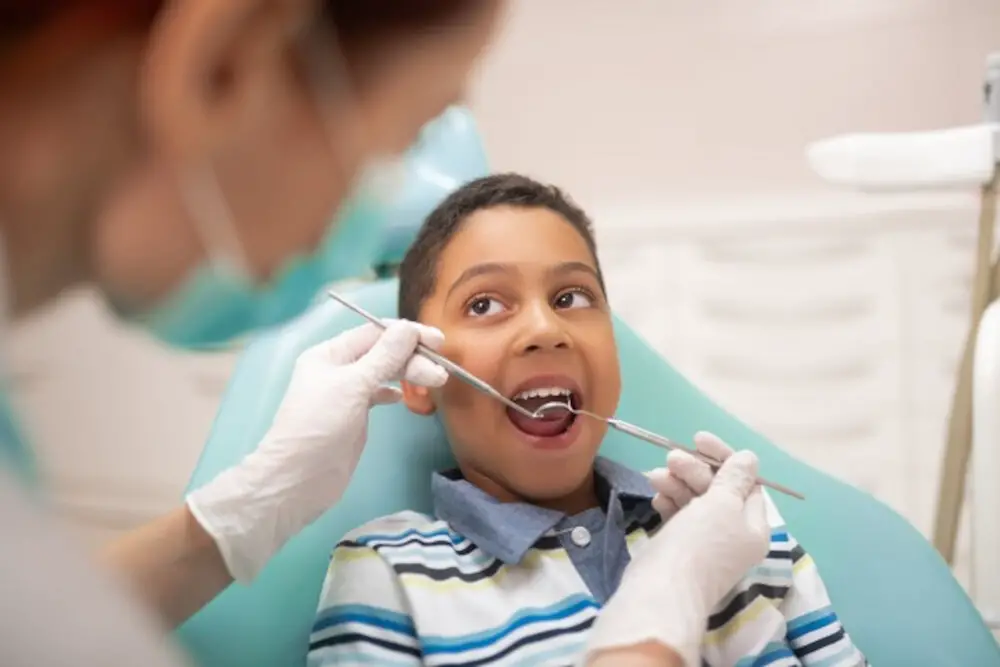
As a responsible dog owner, it is important to keep track of your lab puppy’s dental development. One of the most significant milestones in a lab puppy’s dental development is the loss of their baby teeth. As your lab puppy enters into their 4th to 6th month of age, you may begin to notice signs of them losing their teeth. One of the most common signs is the presence of blood on their toys or chew bones. This is an indication that their baby teeth are loosening and falling out, making way for their adult teeth. Another sign to look out for is a change in their eating habits. Lab puppies may experience discomfort or pain while chewing, which may cause them to avoid certain types of food or treats. If you notice your lab puppy losing interest in their food or struggling to eat, it may be a sign that they are losing teeth. In addition to changes in their eating habits, you may also notice changes in their behavior. Lab puppies may become more irritable or restless as they experience discomfort during the teething process. They may also chew on objects more frequently to alleviate the discomfort. It is important to provide your lab puppy with appropriate chew toys and bones to prevent them from chewing on inappropriate objects. If you notice your lab puppy excessively chewing on furniture or household items, it may be a sign that they are losing teeth and in need of more appropriate chew toys. By keeping a close eye on your lab puppy’s behavior and dental development, you can ensure that they receive the appropriate care and attention to maintain healthy teeth and gums.
Labrador puppies start to lose their teeth between the age of three and six months. At this time, the puppy’s milk teeth begin to fall out. One of the most common signs that a lab puppy is losing its teeth is excessive drooling, as the puppy’s gums may become sore and swollen. Additionally, the puppy may start chewing on things more frequently to help ease the discomfort. You may also notice that your lab puppy loses its appetite during this time, as eating may become painful. It’s important to monitor your puppy’s behavior during this time to ensure that they are comfortable and getting the proper nutrition they need to grow and develop.
As pet owners, it is important to understand that the teething process can be uncomfortable for puppies. To help ease their discomfort, there are a few tips that can be followed. Firstly, providing chew toys can be a great way to redirect their focus and alleviate some of the pain. Additionally, frozen treats or wet washcloths can be soothing to their gums. It is also important to monitor their diet and ensure they are getting enough nutrients for healthy development. Finally, giving them plenty of attention and praise can help keep them calm and distract them from any discomfort. By following these tips, pet owners can help their lab puppies through the teething process with as little discomfort as possible.
What to Expect After a Lab Puppy Loses Their Teeth
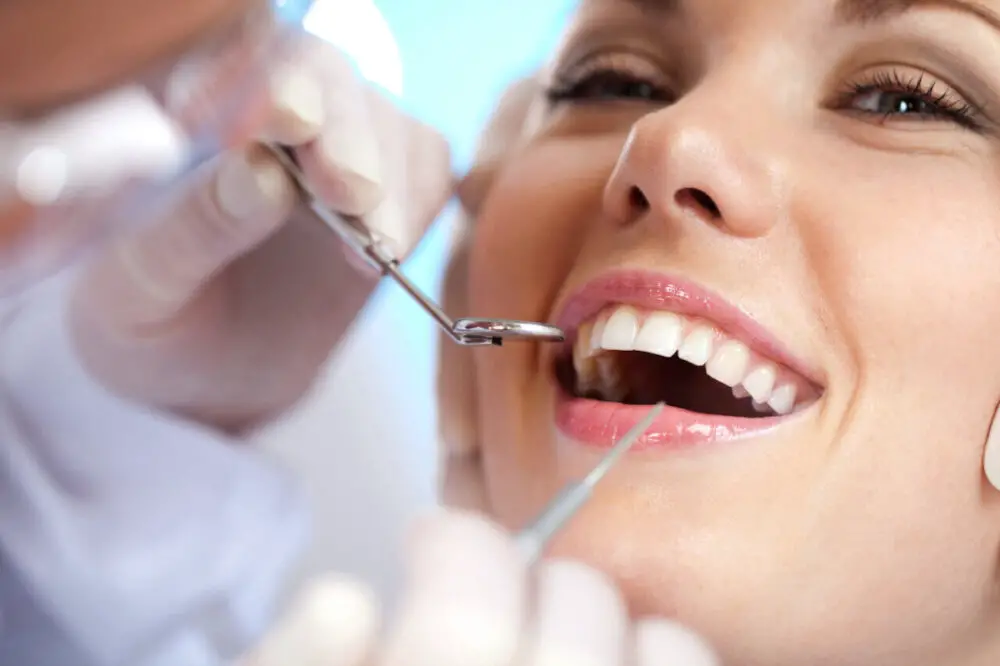
After a lab puppy loses their teeth, there are a few things you can expect. Firstly, your puppy may experience some discomfort or pain as their adult teeth begin to grow in. They may chew on objects more frequently or try to alleviate their discomfort by rubbing their gums against hard surfaces. Additionally, you may notice some bleeding or inflammation around the areas where their baby teeth have fallen out. This is a normal part of the teething process and should subside within a few days. As your lab puppy’s adult teeth come in, you may also notice a change in their behavior and eating habits. They may become more selective with their food or refuse to eat altogether due to their tender gums. It’s important to monitor their eating habits and provide them with soft, easy-to-chew foods during this time. Additionally, you may need to adjust their toys or chews to accommodate their new teeth. Overall, losing their baby teeth is an exciting milestone for your lab puppy and it’s important to provide them with plenty of love and attention during this transition.
After a lab puppy loses their teeth, the process of teething is not yet complete. The adult teeth will continue to grow and push through the gums, which can be uncomfortable for the puppy. During this time, it is important to provide appropriate chew toys and other safe items for the puppy to gnaw on, as this can help alleviate discomfort and prevent destructive chewing behavior. It is also important to maintain good dental hygiene, including regular teeth cleanings and brushing, to prevent any dental issues from developing. As the adult teeth fully emerge, the puppy will have a full set of strong teeth to support their health and well-being.
During the period when a Lab puppy is losing its teeth, its diet and behavior may change significantly. As the puppy’s mouth is sore and sensitive, it may find it difficult to eat hard foods. Owners should switch to a softer diet, such as canned or homemade food, to make it easier for the puppy to eat. Additionally, the puppy may become more irritable or agitated due to the discomfort in its mouth. It may also start to chew on objects more frequently to alleviate the discomfort, making it important for owners to provide appropriate chew toys. As new teeth begin to grow in, the puppy may also experience an increase in energy and playfulness.
The article \When Do Lab Puppies Lose Their Teeth: A Comprehensive Guide\ provides a detailed overview of the teething process in Labrador retrievers. The author highlights the timeline of the puppy’s dental development, emphasizing the importance of proper oral care during this period. The article also discusses the signs and symptoms of teething, including chewing, biting, and drooling. Additionally, the author offers practical tips on how to alleviate the discomfort that comes with teething, such as providing chew toys or frozen treats. Overall, this comprehensive guide is an excellent resource for anyone who wants to understand the teething process in Lab puppies and how to manage it effectively.
As a pet owner, it is important to understand that the teething process in lab puppies can be a challenging time for both you and your furry friend. To care for your lab puppy during this time, you should provide them with plenty of chew toys and bones to help alleviate their discomfort. Additionally, you should avoid giving them hard treats or toys that could damage their teeth. It is also important to maintain a consistent dental care routine, including brushing their teeth regularly and providing them with dental chews. Finally, be patient and understanding with your lab puppy during this time, as they may experience mood changes and behavioral issues. With proper care and attention, your lab puppy will emerge from the teething process healthy and happy.
Conclusion
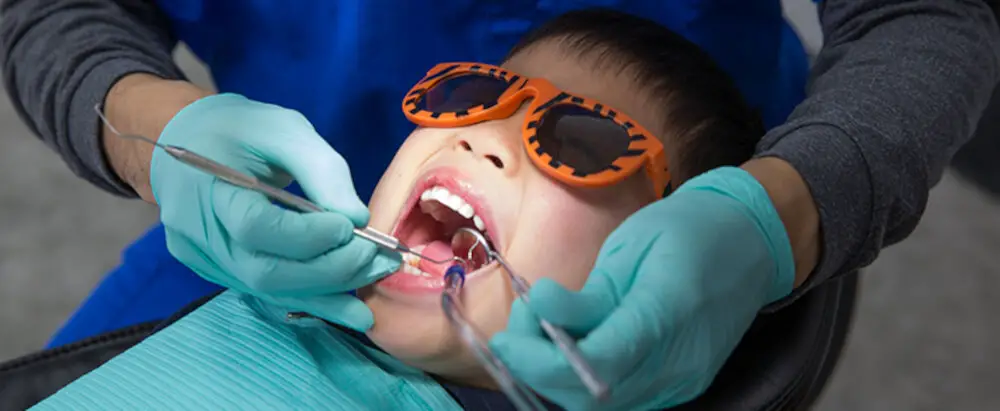
In conclusion, understanding when lab puppies lose their teeth is an important aspect of their overall growth and development. As pet owners, it is crucial to be aware of the different stages of teething and provide appropriate care and attention to our furry friends during this time. With proper guidance and care, we can ensure that our lab puppies have a healthy and happy transition into adulthood. So, always keep an eye on their dental health and provide them with the necessary care and attention to ensure their overall well-being.
